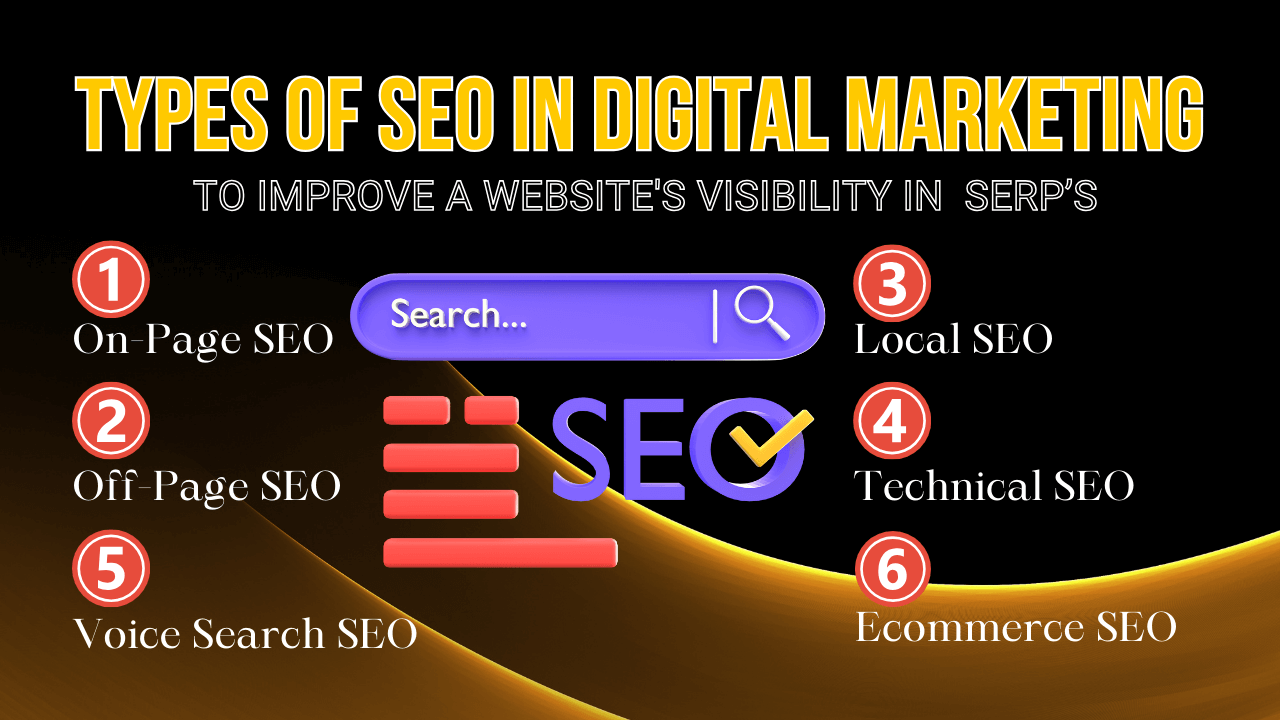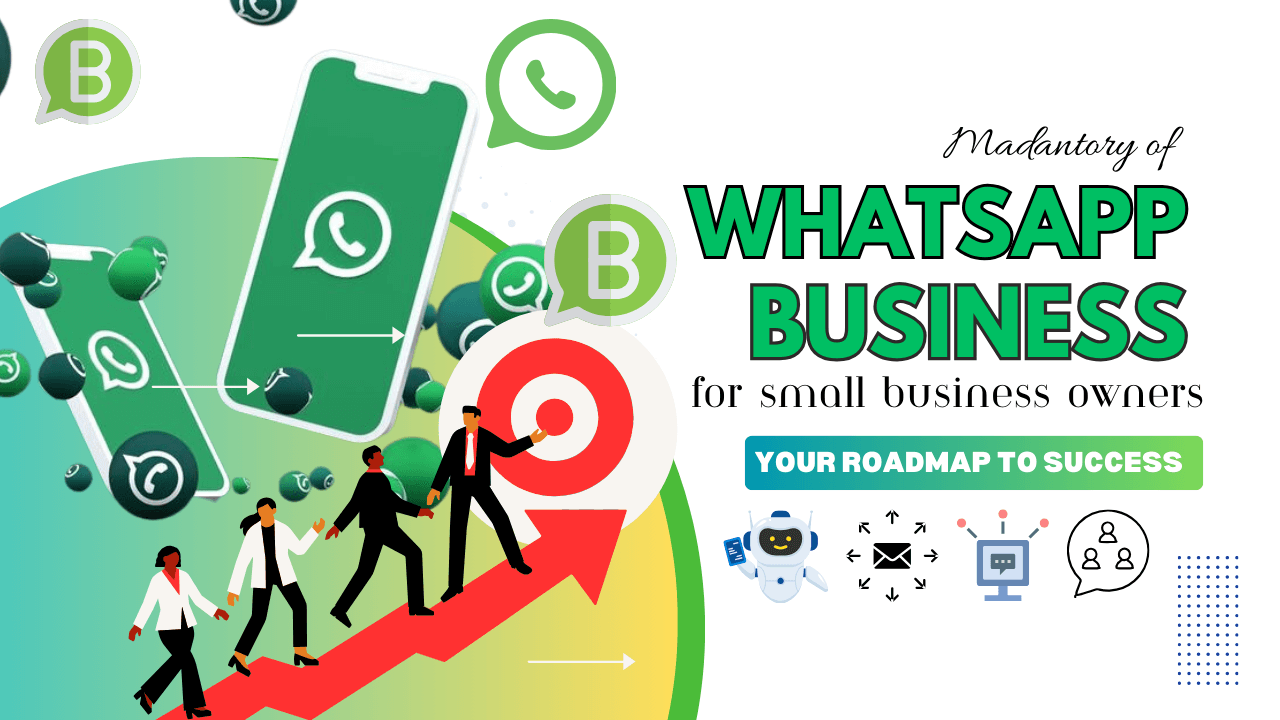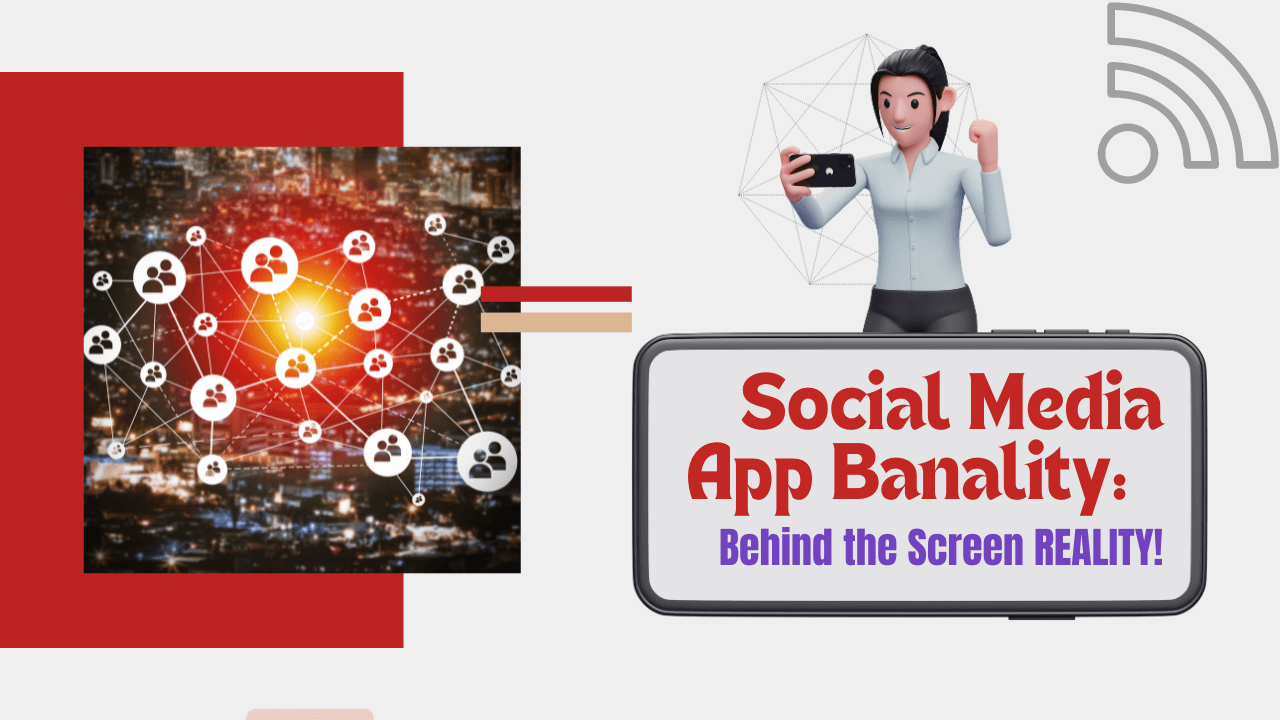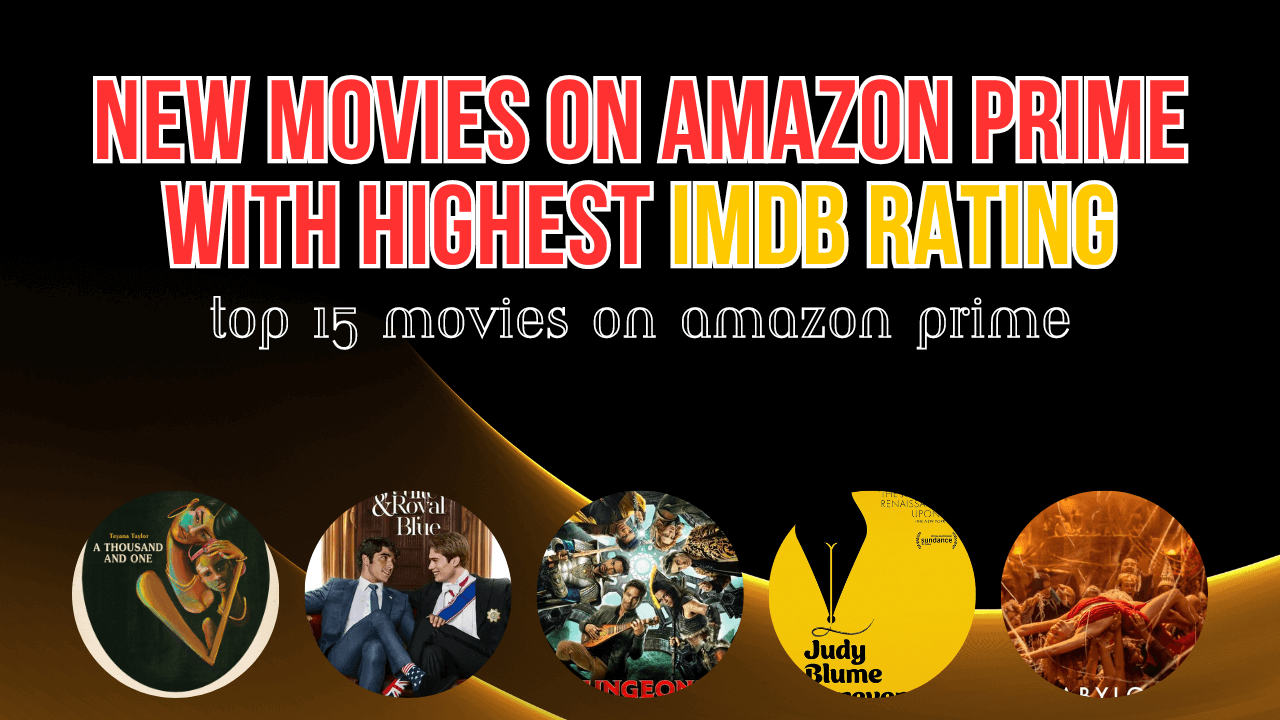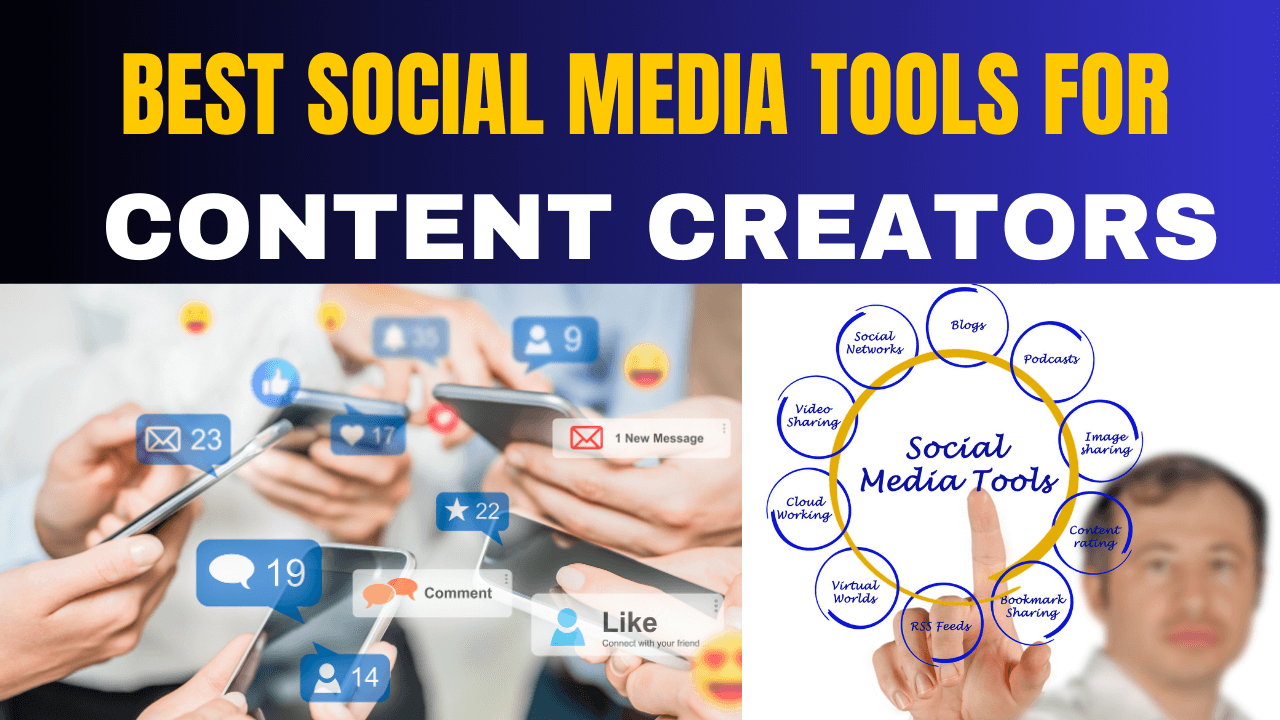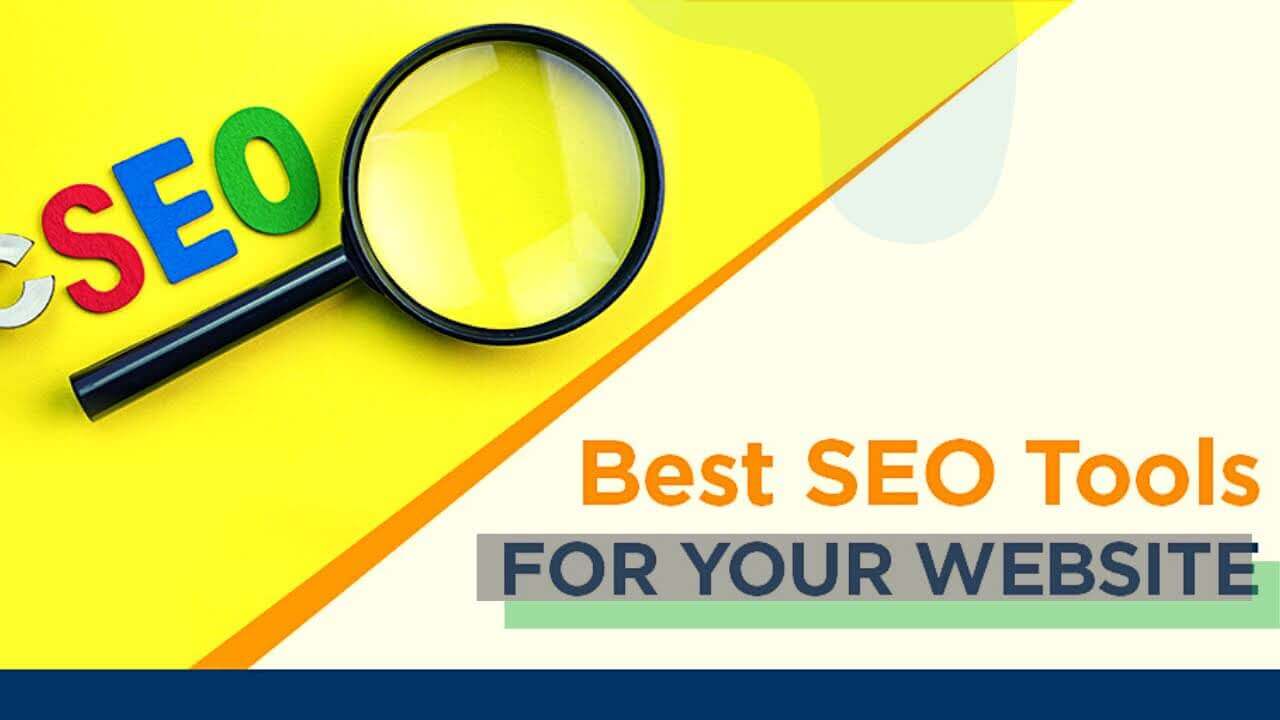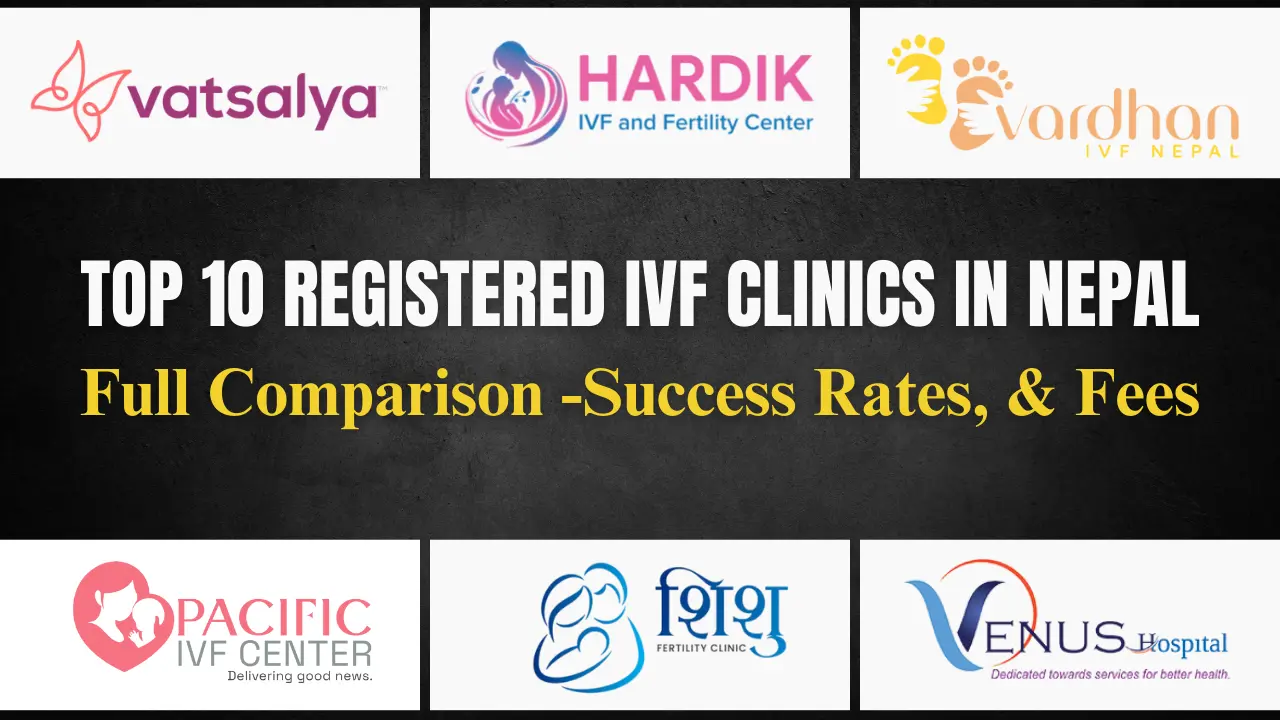Top 10 AI Marketing Apps & Benefits – Power of Artificial Intelligence
2 years agoFacebook Marketing in 2025: Strategies & Tips will help to Boost your Brands
2 years ago -
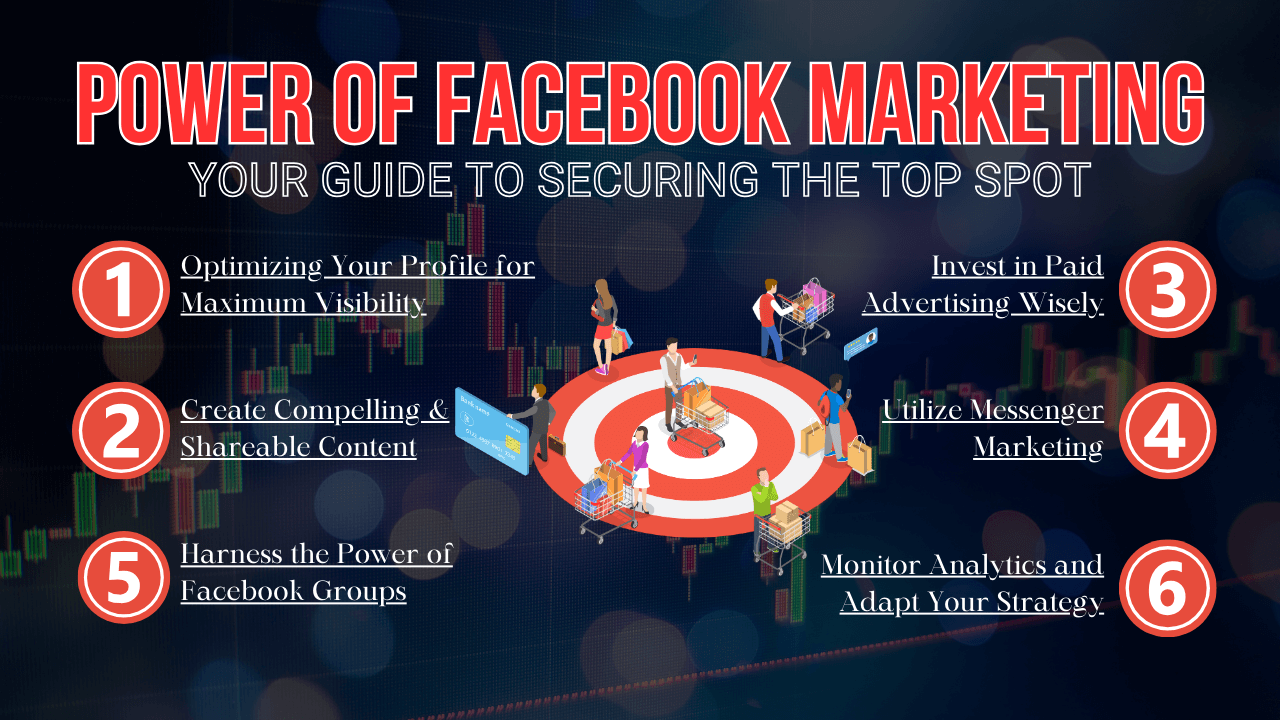
Facebook Marketing Strategies continue to be a powerhouse in this new era of digital marketing, providing outstanding opportunities for businesses to connect with their audience. With the right strategies and insights, securing the top spot in Facebook marketing is not just a possibility; it’s a goal within reach. This article will guide you through the essential steps to dominate Facebook marketing and claim the coveted #1 position.
Table of Contents
How many organic reaches do you get on Facebook Page 2025?
Reputable sources like We Are Social, Hootsuite Digital, and Semrush predict that organic reach for most brands is between 1% and 4% of their total page followers due to constant algorithm changes. Organic reach on Facebook Pages remains limited but not dead. This continued decline in unpaid visibility on the platform highlights the need for businesses to invest in paid advertising or explore other social media channels to connect with their audiences effectively.
Average Organic Reach Statistics in 2025:
- Link posts and text-only updates: Often under 1% reach
- Small Pages (under 10,000 likes): 4%–6% organic reach
- Medium Pages (10k–100k likes): 2%–4% organic reach
- Large Pages (100k+ likes): 1%–2% organic reach
- Reels/Video content: 5x more than static posts organically

Why Organic Reach is Low
Organic reach on Facebook is low due to various factors such as:
- The Facebook algorithm changes and how it prioritizes content in the news feed
- Facebook’s algorithm prioritizes content from friends/family over Pages
- Sponsored content gets boosted, so organic posts compete with ads
- The type of content (video, images, text, etc.) and how engaging it is
- The size of the page’s existing follower base
- Consistency and frequency of posting
For most Facebook pages, organic reach has been declining over the years as Facebook’s algorithm favors content from friends/family and paid promotions. Pages that consistently create highly engaging content tailored to their audience’s interests can still achieve decent organic reach.
How to Improve Organic Reach in 2025
- Post Reels & Stories regularly – these formats are favored by the algorithm.
- Engage early – Respond to comments within the first hour of posting.
- Use Groups linked to your Page – content in groups gets better reach.
- Experiment with Live videos – they still get a boost in organic visibility.
- Post consistently at rise times – use Meta Business Suite insights.
Pro Tip: Combine boosted posts with high-performing organic content to maximize visibility and engagement.
Focus on Reels + Facebook Groups + Stories for the best organic visibility in 2025, and consider boosting only high-performing posts instead of running broad ad campaigns. For most businesses in 2025, a hybrid strategy of organic + paid is essential to grow effectively on Facebook.
Understanding of Facebook Marketing
Facebook’s algorithm is constantly changing, and staying ahead of the curve is crucial for success. In 2024, the platform places a strong emphasis on user engagement, relevance, and authenticity. To reach the top, businesses need to align their Facebook marketing strategy with these principles. Facebook Marketing refers to the strategic use of Facebook’s platform to promote a brand, sell products or services, build communities, and drive website traffic or conversions. It combines organic methods like content posting, stories, and live sessions, with paid advertising options such as Meta Ads to reach targeted audiences.
Why Facebook Marketing Still Matters in 2025
Despite emerging platforms and competition from TikTok, Instagram, and LinkedIn, Facebook remains a marketing giant. With over 3 billion monthly active users, including niche communities and high-income demographics, businesses cannot afford to ignore it.
Here are reasons why Facebook remains a crucial player:
- Business Integrations: Seamless links to Instagram, WhatsApp, and Facebook Shops.
- Robust Advertising Tools: Facebook Ads Manager has AI-driven features for detailed targeting and automation.
- Diverse Content Options: From Reels to Live video, brands can experiment with various formats.
How Facebook Has Evolved Over the Years
Facebook’s evolution includes:
- AI Integration: From chatbots to content generation.
- Meta Ecosystem: Cross-functionality between Instagram, Messenger, and WhatsApp.
- Augmented Reality (AR): Interactive filters, try-ons for e-commerce.
- Creator Economy: Paid partnerships and monetization options.
In 2025, Facebook isn’t just about posting; it’s about creating experiences, building meaningful connections, and automating conversions with accuracy.
The Current Landscape of Facebook in 2025
Key Facebook Statistics for 2025
- Active Users: 3.02 billion monthly active users.
- Average Time Spent Per Day: 33 minutes.
- Reels Engagement: 2x more engagement than photo posts.
- Ad Revenue: $130 billion annually.
Demographic Shifts and User Behavior
- Youth Returns: Gen Z is increasingly using Facebook for Groups and Marketplace.
- Boomer Engagement: Baby Boomers still dominate News Feeds and are high-value consumers.
- Hybrid Habits: People switch between Facebook, WhatsApp, and Instagram throughout the day.
Facebook’s Algorithm Updates in 2025
Recent changes include:
- Prioritization of Video: Especially Reels and native video.
- Engagement Quality > Quantity: Long comments and shares matter more.
- AI-Powered Recommendations: Facebook now shows content users didn’t follow if it aligns with their behavior.
Top 7 Facebook Marketing Strategies for Business Promotion
1. Optimizing Your Profile for Maximum Visibility
Your Facebook business profile is the first point of contact for potential customers. Ensure that your profile is complete, featuring high-quality images, a compelling bio, and up-to-date contact information. Utilize relevant keywords in your profile to enhance search visibility.
How to optimize a Facebook Page for Maximum Visibility?
Optimizing your Facebook business account is crucial for maximum visibility and attracting your target audience. Here are steps you can take to ensure your profile stands out and ranks higher for Facebook marketing in 2025:

Complete Your Profile Information:
- Fill out all the essential details in your profile, including your business name, address, contact information, and website link.
- Use a high-resolution profile picture and a compelling cover photo that represents your brand.
Utilize Relevant Keywords:
- Integrate relevant keywords in your business description and bio. Think about terms your target audience might use when searching for products or services similar to yours.
Customize Your Facebook URL:
- Create a custom URL that reflects your business name or a keyword related to your industry. This not only looks more professional but can also contribute to search engine optimization.
Categorize Your Business Correctly:
- Choose the most accurate category for your business. This helps Facebook understand your industry and improves the chances of being displayed in relevant search results.
Enable Reviews and Recommendations:
- Encourage satisfied customers to leave positive reviews on your Facebook page. Positive reviews build trust and can influence others to engage with your business.
Add a Call-to-Action (CTA) Button:
- Facebook allows you to add a CTA button to your profile. Choose a button that aligns with your business goals, such as “Shop Now,” “Contact Us,” or “Book Now.”
Highlight Important Information:
- Use the featured section to showcase important content, such as promotions, upcoming events, or key products/services. This section is prominently displayed below your cover photo.
Regularly Update Your Page:
- Keep your profile information up-to-date. If there are changes in your business address, contact details, or offerings, make sure to update them promptly.
Utilize Pinned Posts:
- Pin important posts to the top of your timeline. This ensures that visitors see essential information first, helping you control the narrative around your brand.
Connect and Collaborate:
- Engage with other businesses and influencers in your industry. Collaborate on content or participate in relevant discussions. This not only expands your network but also increases the likelihood of being discovered by a broader audience.
By implementing these strategies, you can optimize your Facebook profile for maximum visibility, making it more likely for your business to appear in search results and attract the right audience.
2. Create Compelling and Shareable Content
In 2025, the algorithm favors content that sparks engagement and shares. Engaging content that resonates with your audience, utilizing a mix of visuals, videos, and written posts. Encourage your followers to share, comment, and react to your content, signaling to Facebook that your page is valuable and worthy of a higher ranking.
How to create Compelling and Shareable Content?
Creating compelling and shareable content on Facebook is essential for expanding your reach and engaging with your audience. Here are some strategies to help you craft content that resonates and encourages users to share:
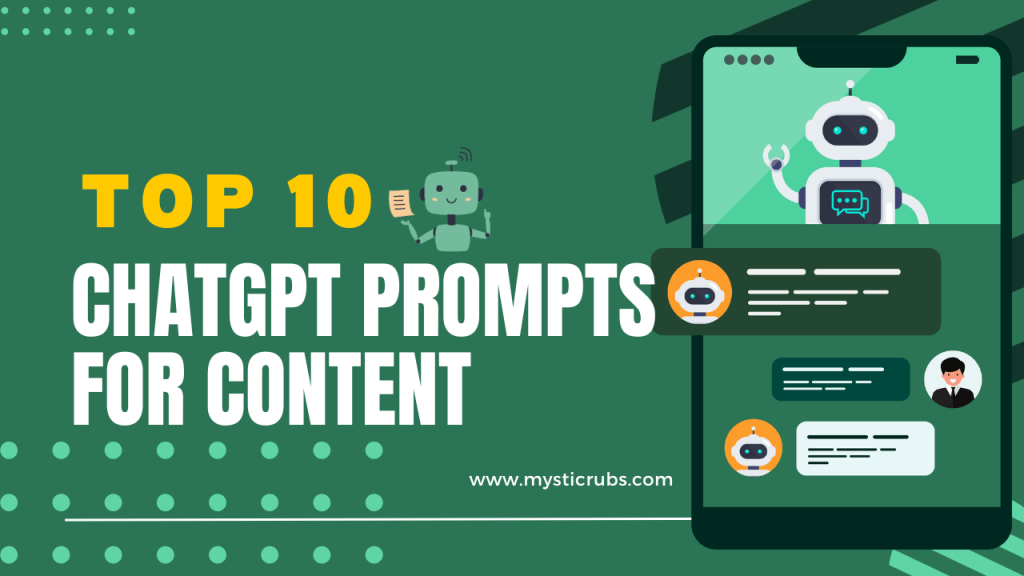
- Know Your Audience: Understand the demographics, interests, and preferences of your target audience. Tailor your content to address their needs and interests.
- Tell a Story: People love stories. Craft narratives that evoke emotions and connect with your audience on a personal level. Whether it’s a success story, a behind-the-scenes glimpse, or a customer testimonial, storytelling humanizes your brand.
- Visual Appeal: Use high-quality images and graphics to capture attention. Facebook users are more likely to engage with visually appealing content. Invest in professional and eye-catching visuals that align with your brand.
- Video Content: Leverage the power of video. Create short and engaging videos that communicate your message effectively. Live videos, tutorials, and product demonstrations are particularly effective in driving engagement.
- Interactive Content: Encourage interaction with your content. Polls, quizzes, and interactive posts invite users to participate, increasing engagement and the likelihood of sharing.
- Use Captivating Headlines: Craft headlines that are both attention-grabbing and informative. A compelling headline entices users to click on your content and share it with their network.
- Educational Content: Share valuable and informative content that educates your audience. How-to guides, tips, and industry insights position your brand as an authority and encourage sharing among those seeking valuable information.
- Incorporate User-Generated Content (UGC): Encourage your audience to create content related to your brand. User-generated content not only adds authenticity but also motivates others to share their experiences with your products or services.
- Create Shareable Infographics: Condense information into visually appealing infographics. People love to share content that is easy to understand and visually stimulating. Infographics are highly shareable across social media platforms.
- Utilize Humor: When appropriate for your brand, incorporate humor into your content. Funny and lighthearted posts often receive more shares as they resonate with users emotionally.
- Timely and Trending Topics: Stay aware of current events, trends, and holidays. Creating content that ties into timely topics or trends not only keeps your content relevant but also increases its shareability.
- Encourage Sharing with Calls-to-Action (CTAs): Explicitly ask your audience to share your content. Adding a simple CTA like “Share this if you agree” or “Tag a friend who needs to see this” can significantly boost sharing.
- Cross-Promotion: Collaborate with other businesses, influencers, or organizations in your industry for cross-promotion. This expands your reach to new audiences and encourages mutual sharing.
By implementing this Facebook marketing strategy, you can create content that captivates your audience and motivates them to share it with their networks, amplifying your brand’s visibility and engagement on Facebook.
3. Harness the Power of Facebook Groups
Groups have become integral to Facebook marketing strategy. Create or join groups relevant to your industry and actively participate in discussions. This not only establishes your expertise but also broadens your reach, as group engagement can significantly impact the visibility of your content. Here’s a guide on how to effectively utilize Facebook Groups for your Facebook marketing strategies:
- Identify Relevant Groups: Search for and join Facebook Groups that align with your business niche, industry, or target audience. Ensure these groups have an active and engaged community.
- Participate Actively: Actively engage in group discussions by commenting, sharing insights, and answering questions. Establish yourself as a valuable member of the community before promoting your content.
- Provide Value First: Share valuable content that aligns with the group’s interests. This could be articles, tips, or industry insights. Providing value establishes credibility and encourages members to view you as an authority in the field.
- Avoid Over-Promotion: While promoting your business is essential, avoid excessive self-promotion. Focus on building relationships and contributing meaningfully to discussions. Members are more likely to engage with your content if they see you as a valuable member, not just a promoter.
- Create Your Own Group: Consider creating a Facebook Group for your brand or business. This provides you with a platform to build a community around your products or services. Foster a sense of belonging and encourage group members to share their experiences and insights.
- Host Q&A Sessions and Webinars: Leverage the group platform to host live Q&A sessions or webinars. This not only positions you as an expert but also encourages engagement within the community.
- Utilize Polls and Surveys: Engage group members by using polls and surveys to gather opinions and feedback. This not only generates interaction but also provides valuable insights for your business.
- Collaborate with Group Admins: Build relationships with group admins. Collaborating with them can lead to opportunities for cross-promotion, event hosting, or other collaborative efforts that benefit both parties.
- Exclusive Offers for Group Members: Provide exclusive promotions, discounts, or early access to group members. This adds value to being part of the community and encourages members to stay engaged.
- Moderate Effectively: Ensure your group remains a positive and respectful space. Set clear guidelines, moderate discussions, and promptly address any issues. A well-moderated group fosters a healthy community.
- Encourage User-Generated Content: Prompt members to share their experiences, success stories, or creative content related to your business. User-generated content not only enriches the group but also serves as valuable social proof.
- Promote Events and Initiatives: Use the group to promote events, product launches, or other initiatives. Members of the group who are already engaged are likely to be interested in these updates.
By implementing these strategies, you can effectively harness the power of Facebook Groups to build a community around your brand, increase engagement, and establish your business as a trusted entity within your industry.
4. Invest in Paid Advertising Wisely
While organic reach is crucial, paid advertising can accelerate your journey to the top. Invest in highly targeted ads that resonate with your audience. Leverage Facebook’s robust targeting options to ensure your ads reach the right demographics, increasing the likelihood of conversions.
Also Read: Google Ads v/s FB Ads: Which is better for ad strategy?
How to Invest in Facebook Paid Advertising Wisely?
Investing in paid advertising on Facebook marketing strategy can be a powerful way to boost your brand visibility and drive targeted traffic. To ensure you use your budget wisely, consider the following strategies:
- Set Clear Objectives: Define clear and measurable goals for your paid advertising campaign. Whether it’s increasing website traffic, generating leads, or driving sales, having specific objectives will guide your strategy.
- Know Your Audience: Utilize Facebook’s robust targeting options to reach your ideal audience. Define demographics, interests, and behaviors that align with your target market. This ensures your ads are seen by those most likely to engage with your content.
- Create Compelling Ad Content: Craft visually appealing and compelling ad creatives. Use high-quality images, concise and persuasive copy, and a clear call-to-action. A visually striking ad is more likely to capture the attention of your audience.
- Utilize A/B Testing: Experiment with different ad variations to identify what resonates best with your audience. Test different headlines, images, ad copy, and calls-to-action to optimize your campaigns for better performance.
- Optimize for Mobile Users: Given the prevalence of mobile users on Facebook, ensure that your ad content is mobile-friendly. Design ads that look good and load quickly on mobile devices to reach a broader audience.
- Set a Realistic Budget: Determine a budget that aligns with your advertising goals. Facebook allows you to set daily or lifetime budgets, giving you control over your spending. Monitor your budget regularly and adjust as needed based on campaign performance.
- Choose the Right Ad Format: Facebook offers various ad formats, including image ads, video ads, carousel ads, and more. Select the format that best suits your content and objectives. Experimenting with different formats can help you understand what resonates with your audience.
- Utilize Retargeting: Implement retargeting campaigns to reach users who have previously interacted with your website or engaged with your content. This can remind them of your brand and encourage them to complete desired actions.
- Monitor and Analyze Metrics: Regularly review the performance metrics of your campaigns. Track key indicators such as click-through rate (CTR), conversion rate, and return on ad spend (ROAS). Use these insights to refine your strategy and allocate budget to the most successful campaigns.
- Schedule Ads Strategically: Consider the timing of your ads. Use Facebook Insights to identify when your target audience is most active. Scheduling your ads during peak times can increase visibility and engagement. How to set up Online marketing campaigns in Nepal?
- Geotargeting: If your business serves specific locations, use geotargeting to focus your ads on users in those areas. This ensures your budget is spent on reaching potential customers in relevant regions.
- Stay Informed About Changes: Facebook’s advertising platform evolves, and staying informed about updates is crucial. Keep abreast of new features, changes in algorithms, and best practices to adapt your strategy accordingly.
Also Read: Marketing vs Advertising – What’s Right for You?
By implementing these strategies, you can invest in Facebook marketing strategy wisely, maximizing the impact of your campaigns and achieving your marketing objectives. Regular monitoring, testing, and optimization are key to long-term success in the world of paid advertising.
5. Utilize Messenger Marketing
Facebook Messenger is not just a communication tool; it’s a powerful marketing channel. Implement chatbots and automated responses to engage with your audience in real-time. This personal touch can significantly boost customer satisfaction and loyalty.
How to Utilize Facebook Messenger Marketing?
Utilizing Messenger marketing on Facebook Marketing can be a highly effective strategy for engaging with your audience in real-time and fostering meaningful interactions. Here’s a guide on how to leverage Messenger marketing for Facebook marketing in 2025:
- Enable Messenger for Your Page: Ensure that Messenger is enabled for your Facebook Page. This allows users to send direct messages to your business, opening up a valuable channel for communication.
- Set Up Instant Replies: Create instant replies for common queries or to acknowledge messages outside business hours. Instant replies set expectations for response time and provide a quick acknowledgment to the user.
- Use Automated Responses and Chatbots: Implement chatbots to automate responses and handle frequently asked questions. Automations not only provide instant answers to users but also streamline your customer service efforts. Facebook offers tools like Messenger Bots to set up automated responses.
- Create Personalized Experiences: Leverage user data to create personalized experiences within Messenger. Address users by their names and tailor your messages based on their preferences or previous interactions with your brand.
- Send Relevant Updates and Content: Utilize Messenger to send relevant updates, promotions, or content directly to your audience. Ensure that the content adds value and is tailored to the interests of individual users.
- Implement Drip Campaigns: Set up drip campaigns within Messenger to nurture leads over time. Drip campaigns allow you to send a sequence of messages, guiding users through a specific journey, such as onboarding or product education.
- Facilitate Transactions: If applicable to your business, enable transactions through Messenger. This can include purchases, bookings, or reservations. Make the process seamless and user-friendly to encourage conversions.
- Provide Customer Support: Use Messenger as a platform for customer support. Address inquiries, resolve issues, and assist users in real-time. Quick and efficient customer support through Messenger can enhance customer satisfaction.
- Encourage User Feedback: Use Messenger to gather feedback from your audience. Ask for opinions, reviews, or suggestions. This not only engages users but also provides valuable insights for improving your products or services.
- Segment Your Audience: Segment your Messenger audience based on demographics, behaviors, or interactions. This allows you to send targeted messages to specific groups, increasing the relevance of your communication.
- Promote Exclusive Offers: Provide exclusive promotions or discounts to users who engage with your brand through Messenger. This encourages users to opt-in and stay active within the messaging platform.
- Comply with Privacy Regulations: Ensure that your Messenger marketing practices comply with privacy regulations. Respect user privacy and clearly communicate how their data will be used.
- Monitor Analytics: Use Facebook Insights and Messenger analytics to track the performance of your Messenger marketing efforts. Monitor open rates, click-through rates, and other relevant metrics to assess the effectiveness of your campaigns.
By incorporating these Facebook marketing strategies, you can harness the power of Messenger marketing to build stronger connections with your audience, streamline communication, and drive meaningful interactions that contribute to your business goals.
6. Influencer Collaborations
In 2025, influencer collaborations continue to play a pivotal role in shaping consumer opinions. Identify influencers relevant to your industry and collaborate for sponsored content or partnerships. Their endorsement can lend credibility to your brand and attract a broader audience. Here’s a comprehensive guide on how to effectively work with influencers for a Facebook marketing strategy:
- Identify Relevant Influencers: Conduct thorough research to identify influencers whose audience aligns with your target demographic. Look for influencers who share interests, values, and a niche relevant to your brand.
- Assess Influencer Authenticity: Evaluate the authenticity of influencers by reviewing their engagement rates, follower demographics, and previous collaborations. Genuine influencers have an engaged and loyal audience.
- Build Genuine Relationships: Approach influencers to build a genuine relationship. Engage with their content, share your brand story, and express why you believe a collaboration would be mutually beneficial.
- Define Clear Objectives: Clearly define the objectives of your influencer collaboration. Whether it’s increasing brand awareness, driving traffic, or boosting sales, having specific goals will guide the influencer’s content creation.
- Negotiate Terms and Compensation: Clearly outline the terms of the collaboration, including deliverables, timelines, and compensation. Be transparent about what you expect from the influencer and what they can expect in return.
- Provide Creative Freedom: Allow influencers creative freedom to showcase your product or service authentically. Influencers know their audience best, and their unique style and voice can resonate more effectively.
- Leverage Different Content Formats: Encourage influencers to create diverse content formats, including images, videos, stories, or live sessions. Different formats cater to various audience preferences, maximizing the impact of the collaboration.
- Integrate Affiliate Marketing: Consider incorporating affiliate marketing into your collaboration. This incentivizes influencers to drive actual conversions, aligning their success with the success of your campaign.
- Run Giveaways or Contests: Collaborate with influencers to run giveaways or contests that involve their audience. This not only boosts engagement but also attracts new followers to your brand.
- Promote on Both Accounts: Collaborate on cross-promotion by having the influencer share content on both their and your Facebook pages. This ensures exposure to a broader audience and mutual benefit.
- Leverage Influencer’s Insights: Tap into the influencer’s insights and knowledge about their audience. Seek advice on the most effective messaging, content, and posting times to optimize the impact of the collaboration.
- Measure and Analyze Performance: Utilize Facebook Insights and any tracking tools provided by the influencer to measure the performance of the collaboration. Analyze engagement, reach, and conversion metrics to assess the return on investment.
- Build Long-Term Relationships: Look beyond individual campaigns and aim to build long-term relationships with influencers. Consistent collaborations with the same influencers can strengthen brand advocacy and loyalty for Facebook marketing in 2024.
- Comply with Regulations: Ensure that your influencer collaborations comply with advertising regulations. Clearly disclose sponsored content to maintain transparency with the audience.
- Express Gratitude: Show appreciation to influencers for their collaboration. Whether through monetary compensation, free products, or other perks, expressing gratitude strengthens your relationship and increases the likelihood of future collaborations.
By following this Facebook marketing strategy, you can effectively leverage influencer collaborations on Facebook to amplify your brand’s presence, connect with new audiences, and drive meaningful engagement.
7. Monitor Analytics and Adapt Strategy
Facebook provides a wealth of analytics to track the performance of your content. Regularly analyze metrics such as reach, engagement, and conversion rates. Use these insights to refine your strategy, identifying what works best for your audience and adjusting accordingly.

Monitoring analytics and adapting your Facebook marketing strategy based on insights is crucial for ongoing success. Here’s a step-by-step guide on how to effectively monitor analytics and make informed adjustments:
- Define Key Metrics: Identify the key performance indicators (KPIs) that align with your business goals. Common metrics include reach, engagement, click-through rate (CTR), conversion rate, and return on ad spend (ROAS).
- Utilize Facebook Insights: Regularly check Facebook Insights for a comprehensive overview of your page’s performance. Insights provide data on audience demographics, post reach, engagement, and more.
- Set Up Custom Analytics Tracking: Implement additional analytics tools, such as Google Analytics, to gain more detailed insights into user behavior on your website. Connect your Facebook page to these tools for a holistic view of your online presence.
- Analyze Reach and Engagement: Examine the reach and engagement of your posts. Identify the content that resonates most with your audience and understand the factors contributing to higher engagement.
- Review Ad Performance: If running paid advertising, closely analyze ad performance. Assess the success of different ad creatives, targeting options, and ad formats. Identify which ads are delivering the best results and allocate budget accordingly.
- Monitor Audience Demographics: Understand the demographics of your audience. Insights provide information on the age, gender, location, and interests of your followers. Use this data to tailor your content to better suit your audience.
- Track Conversion Metrics: If your goal is to drive conversions, track conversion metrics. Hence, monitor how many users take desired actions, such as making a purchase or signing up for a newsletter, after interacting with your Facebook content.
- Measure Return on Investment (ROI): Calculate the return on investment for your paid campaigns. Compare the revenue generated against the amount spent on advertising. This analysis helps in optimizing ad spend for maximum ROI.
- Identify Peak Posting Times: Determine when your audience is most active on Facebook. Insights provide information on peak posting times. Schedule your content to coincide with these periods for increased visibility and engagement.
- Monitor Competitor Performance: Keep an eye on your competitors’ Facebook performance. Analyze their content, engagement rates, and audience interactions. Learn from their successes and adapt your Facebook marketing strategy accordingly.
- Implement A/B Testing: Continuously experiment with A/B testing. Test different content formats, ad creatives, headlines, or posting times to identify what resonates best with your audience.
- Stay Informed About Facebook Algorithm Changes: Facebook’s algorithm evolves, impacting the visibility of your content. Stay informed about algorithm changes and adjust your strategy to align with the platform’s latest guidelines.
- Gather Feedback from Audience: Actively seek feedback from your audience through surveys or direct engagement. Understand their preferences, gather insights into their needs, and use this information to refine your content strategy.
- Adapt to Trends in Your Industry: Keep an eye on trends within your industry. Adapt your content strategy to incorporate current trends, ensuring your content remains relevant and appealing to your audience.
- Regularly Reassess Your Strategy: Schedule regular strategy reassessment sessions. Use the insights gathered to make informed decisions about content, posting frequency, ad spend, and overall social media tactics.
By consistently monitoring analytics and adapting your strategy based on the data, you can ensure that your Facebook marketing efforts remain effective, resonate with your audience, and align with your business objectives.
Maintaining Your No. 1 Position
Securing the top spot is an ongoing process that requires dedication and adaptability. Stay informed about the latest updates to Facebook’s algorithm and adjust your Facebook marketing strategy accordingly. Continuously engage with your audience, respond to comments, and foster a sense of community around your brand.
- Consistent Engagement: Regularly engage with your audience through comments, messages, and interactive content to maintain a vibrant and active community around your brand.
- Stay Updated on Trends: Continuously monitor industry trends and adjust your content strategy to remain relevant. Being aware of emerging trends helps you stay at the forefront of your audience’s interests. Social Media Tools Every Content Creator Needs & How do you choose it?
- Adapt to Algorithm Changes: Stay informed about changes in Facebook’s algorithm. Adapt your posting schedule, content formats, and strategies to align with the platform’s evolving algorithms for better visibility.
- Monitor Competitor Activity: Keep an eye on your competitors’ activities on Facebook. Analyze their successful tactics and incorporate relevant strategies to stay ahead in the competition of Facebook Marketing.
- Regularly Analyze Performance Metrics: Use Facebook Insights to regularly assess the performance of your content. Monitor key metrics such as engagement, reach & conversion rates to identify successful digital strategies and areas for improvement.
Conclusion
Facebook marketing is a dynamic landscape where innovation and strategic thinking are rewarded. By optimizing your profile, creating compelling content, and staying abreast of the latest trends, you can elevate your business to the #1 position.
Remember, consistency is key, and following this Facebook marketing strategy, you’ll reach the top. But maintain your leadership in the competitive world of Facebook marketing.
- Step-by-Step Guide: 12 Steps to Create a Marketing Plan for Business Growth
- How to Optimize for Zero-Click Searches? Is It Bad for SEO?
- Metaverse Marketing: Social Media Marketing in the Metaverse
- What is On Page Optimization? Keyword, URL, Meta Tags, ALT Tags & MORE!
- AI vs Human Copywriting: 10 Reasons Why Human Copy is Better Than AI
- Are you looking for Best Phone under 35000 in Nepal?
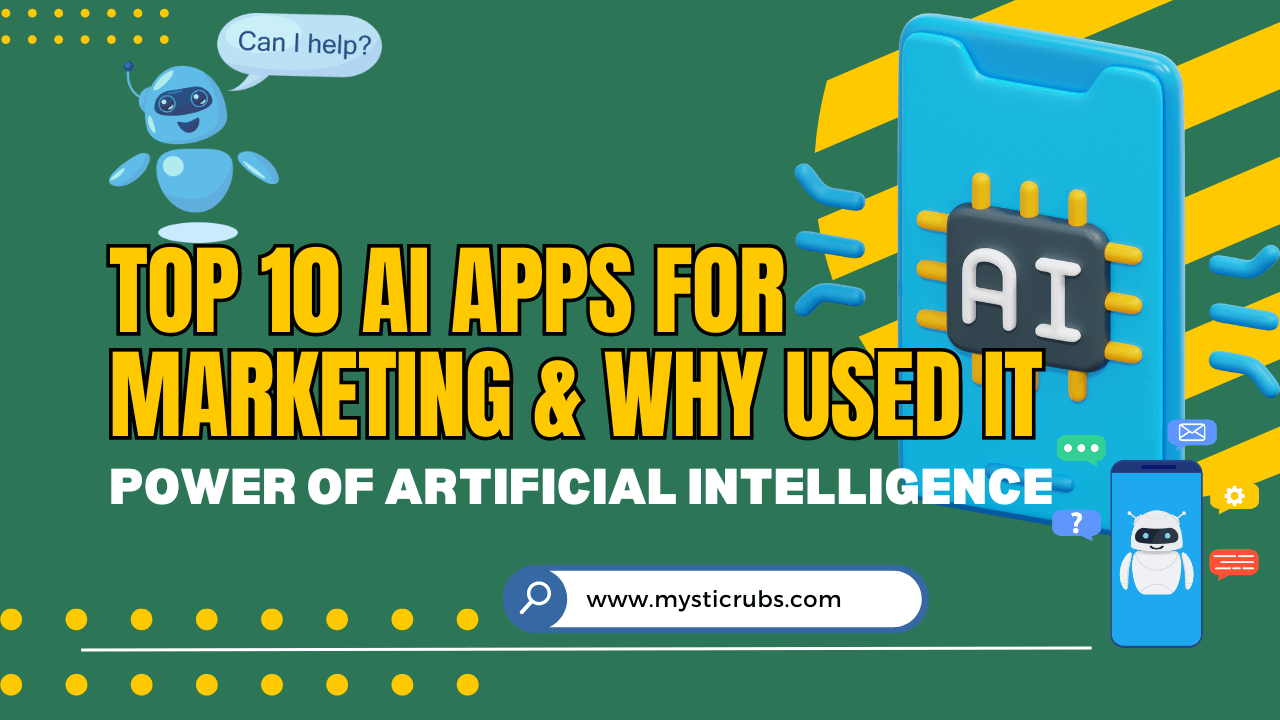
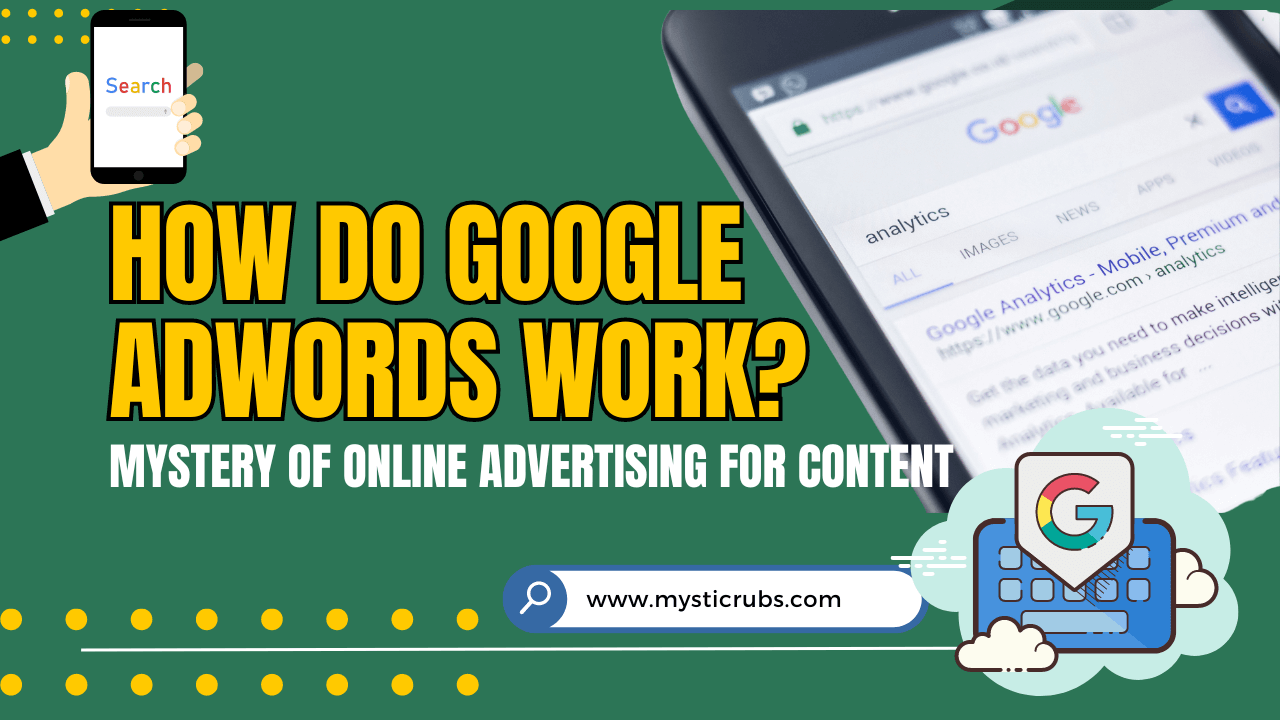

![[2025 Updated] Top 10 Digital Marketing Agencies in Nepal Ranked!](https://mysticrubs.com/wp-content/uploads/2022/05/top-10-digital-marketing-company-in-nepal.png)
